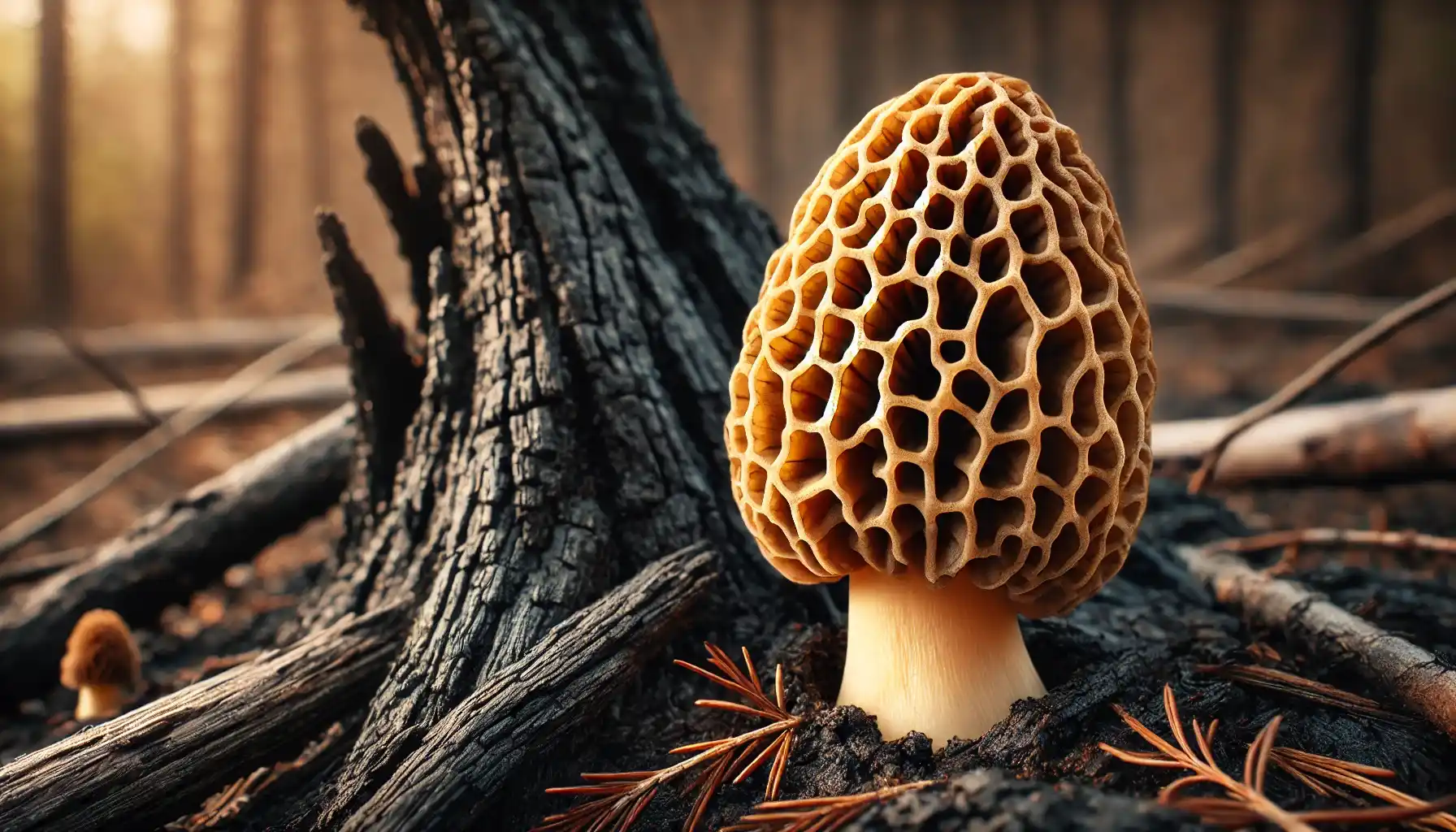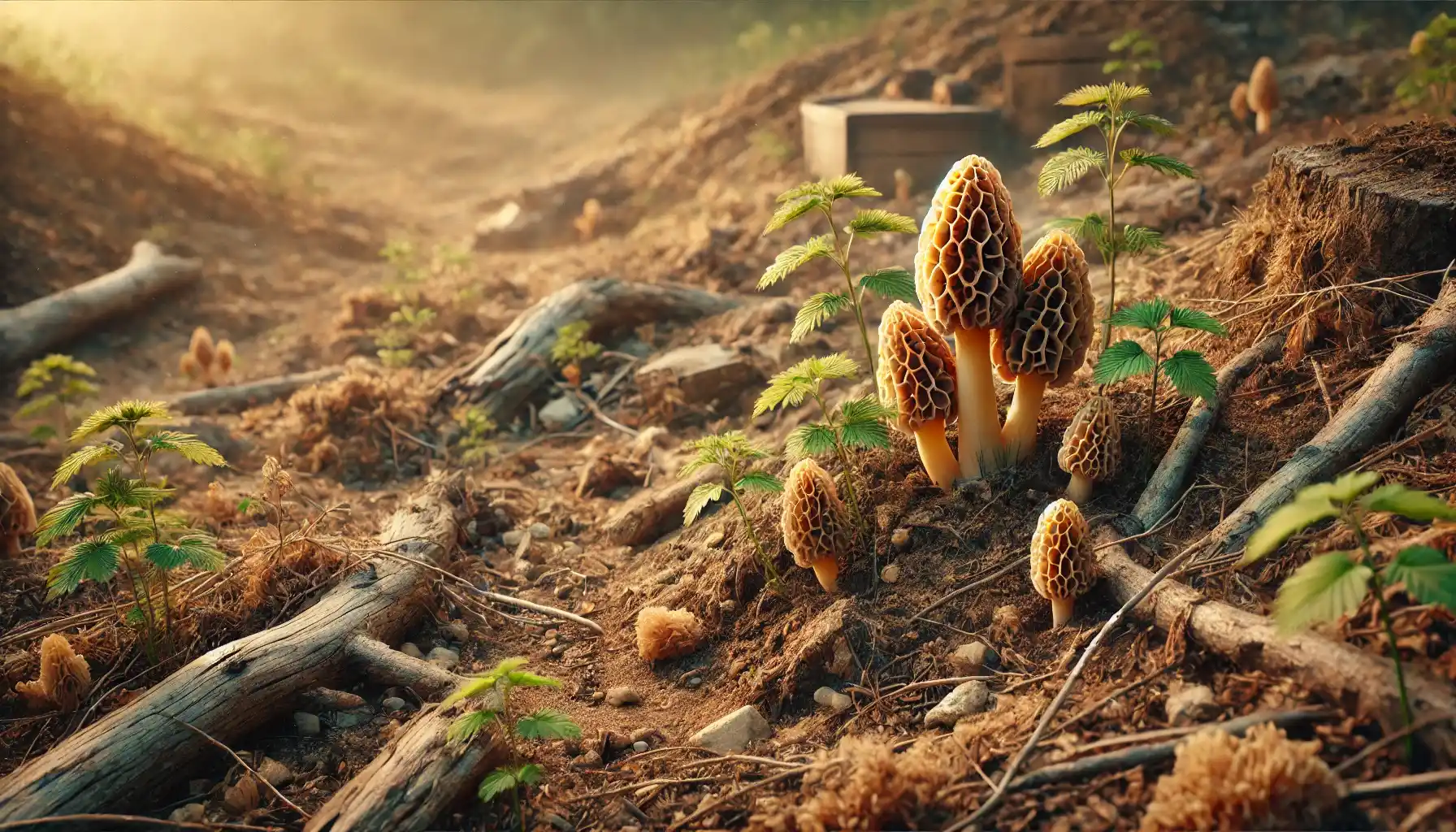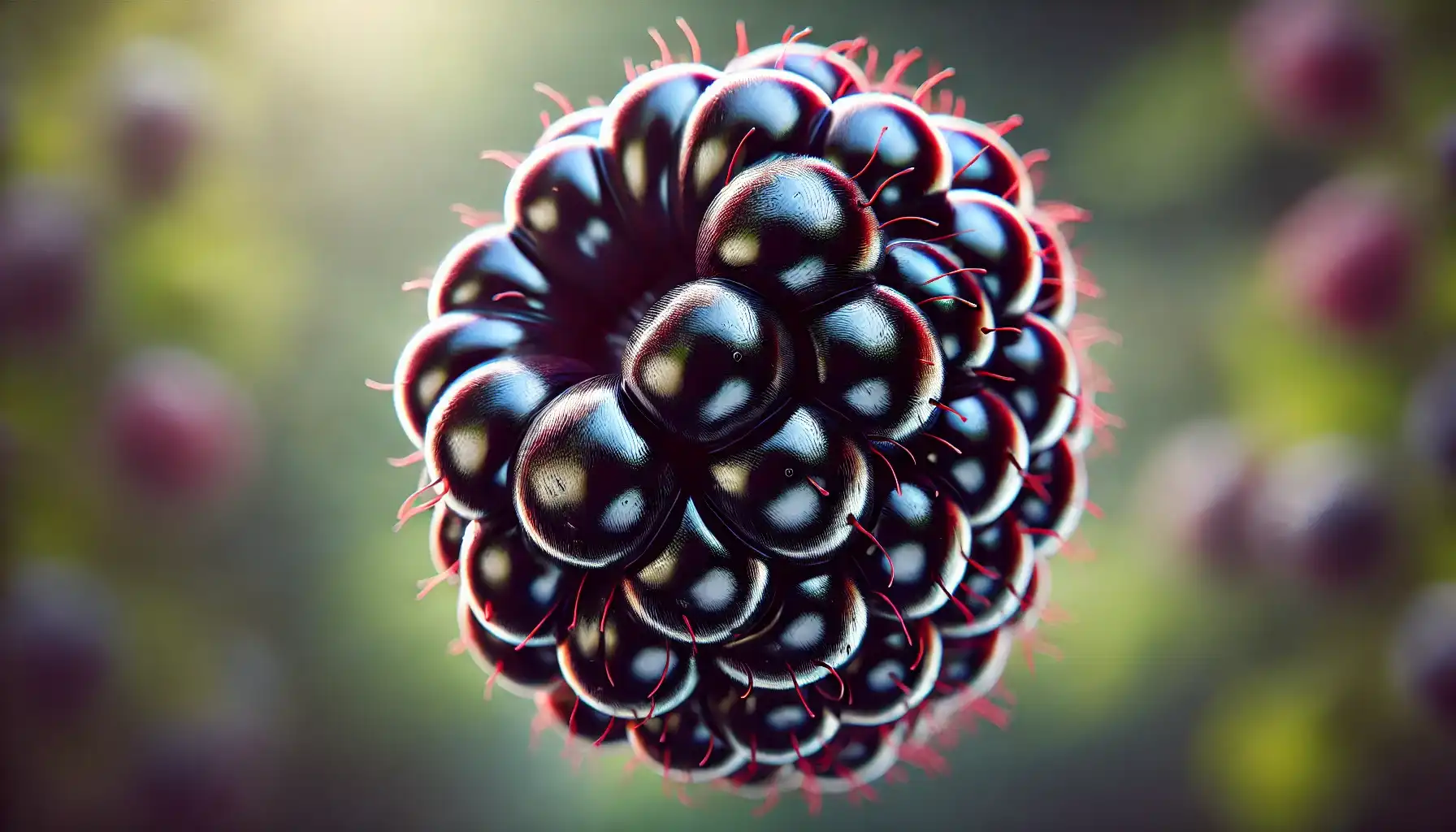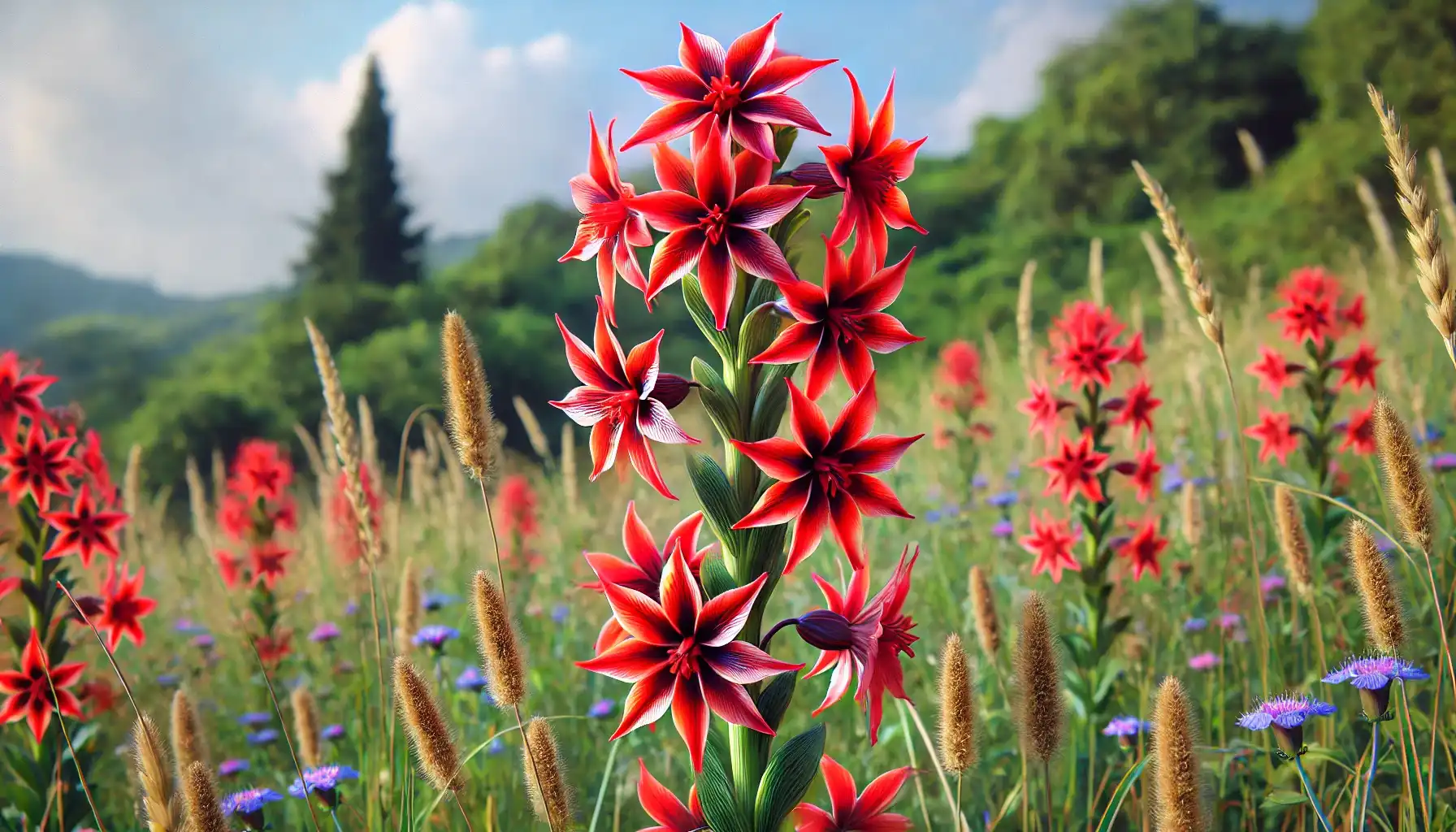A Treasure of Nature: Where to Find Morel Mushrooms

Morels are one of the most outstanding members of the fungi kingdom, for they attract mushroom pickers with their peculiar forms, unusual texture, and unique flavor. As soon as their season begins, the quest for the true morel mushrooms hidden in the woodlands becomes a real challenge. And those who are eager to participate in this hunt may wonder “What trees do morels grow by?”
Contents:
Morels are one of the most outstanding members of the fungi kingdom, for they attract mushroom pickers with their peculiar forms, unusual texture, and unique flavor. As soon as their season begins, the quest for the true morel mushrooms hidden in the woodlands becomes a real challenge. And those who are eager to participate in this hunt may wonder “What trees do morels grow by?”
In this material, we have compiled the most relevant information about the morel mushrooms, the spots they typically grow by, and the distinctive characteristics that make them so unique.

What Are Morel Mushrooms and Why Are They So Special?
Morel mushrooms, Morchella, or simply morels, are highly sought-after fungi that may be characterized by their rich, earthy flavor and alien-like form. One of the reasons why chefs, foragers, and mushroom enthusiasts are so obsessed with morels is their elusive nature. Generally speaking, this type of fungi is notoriously difficult to cultivate, which means they cannot be grown on a commercial scale but remain wild only. Thus, searching for morels turns into a game with mushrooms as a reward.
Besides, morel mushrooms feature an exceptional flavor that cannot be found anywhere else. When cooked, morels demonstrate a rich, nutty taste with subtle hints of umami. Moreover, like many other mushrooms, they are low in calories and fat yet high in protein, fiber, and essential nutrients like vitamins D and B12. This is why gourmet cuisine praises morels and implements them into their dishes with genuine pleasure.
Distinctive Features of Morels to Look For
When it comes to hunting morels, one should be aware of their appearance so as not to miss these mushrooms and never confuse them with their poisonous posers. While their appearance may vary slightly depending on the particular species and environmental conditions, there are several distinctive features for mushroom pickers to look for.
Honeycomb Cap
The most recognizable feature of morel mushrooms is the cap that looks like a hollow honeycomb or a dried fruit. The cap is typically brain-like and cone-shaped, with a specific pattern on the surface colored in blonde to dark brown.
Hollow Stem
What distinguishes true morels from false, i.e., poisonous ones, is the hollow stem that runs through the center of the cap. Other variations with solid stems may have irreversible effects on the human’s health and lead to death.
Morel Season
The morel season usually starts in late March or early April and ends within one month, i.e., in early to mid-May. Nevertheless, the exact timing heavily depends on the geographic location and climate as well.

Habitat
Although it is a quest to hunt morels, they are frequently found in specific types of habitats, i.e., wooded areas with moist soil and adequate moisture levels around them. But what trees do morel mushrooms grow by?
What Trees Do Morel Mushrooms Grow Around?
When the hunt begins, the newcomers may wonder “What trees do morels grow under?” Although there is no universal answer, these fungi are often associated with specific types of trees and habitats. Here is the list of the most popular spots that may provide morels with the appropriate growth conditions.
Deciduous Trees
One of the groups that may be associated with morels is deciduous trees, which include oak, maple, and hickory trees as well. Oak trees, by the way, are known to form symbiotic relationships with morel mushrooms and provide the ideal conditions for them to grow successfully.
Elm Trees
What trees to look for morels? Elm trees, especially those that are dying or have been already dead, are frequently seen as a natural habitat of morel mushrooms. The process of tree decomposition enriches the soil with the necessary elements that facilitate mushroom growth.
Ash Trees
Just like elms, ash trees represent another common host for morel mushrooms. Morels are often found near ash trees in mixed hardwood forests and wooded areas, especially in regions with alkaline soils, which should be taken into consideration so as not to stumble upon poisonous instances.
Apple Trees
When amateurs question what trees morels do like, they usually come across the fact that morels may be found near apple orchards. Being not as common as some other tree species, apple trees can sometimes provide favorable conditions for morel growth, since it takes a lot of time for them to die and, hence, destroy a good spot.
Disturbed Areas
There are unique black morel species that thrive in disturbed or recently burned areas, in addition to the specific trees. In general, they are treated as the most sought-after morels due to their rarity, appearance, and taste.

Tips for a Successful Morel Hunt
Searching for morels is a complicated task, for it requires a high level of proficiency, patience, knowledge, and a bit of luck. Even if one manages to find a morel mushroom, it is important to identify whether it is a true morel or an impostor. The following tips can bring you closer to your goal and increase your chances of a successful morel hunt.
Timing is the key. To successfully hunt morel mushrooms, it is essential to know when it is time to begin. Morel mushrooms typically emerge in the spring, though their fruiting season depends on various factors, i.e., temperature, soil moisture, and geographic location.
Scout the right habitat. This process does not tolerate an aimless and unprepared approach, this is why knowing where morel mushrooms usually grow is crucial. Look for areas with a mix of tree species, commonly associated with morels.
Use digital tools like AI Plant Finder. Should you finally find a morel, it is important to verify that this mushroom is not poisonous. Identify plants with the use of your smartphone and a camera to clearly understand what you have recently picked up. To do so, take a snap right in the app and wait for the system to analyze this picture.

By the way, to make this experience even more comfortable and harmless, explore information about morel mushrooms in advance. You can also rely on the AI Plant Finder, for it involves information about more than 400,000 plant species all in one digital space!
Respect nature and regulations. Remember to forage responsibly and follow ethical guidelines to minimize your environmental impact. Harvest only what you can use, leave some mushrooms to mature and spread spores, and avoid damaging plants or disrupting wildlife habitat.
What trees do morels grow around? This is the question that usually sparks the interest of both experienced foragers and newcomers, too. However, going on a morel hunt is a challenging task that can be dangerous if done without any preparation. Stick to the rules, use digital assistants like AI Plant Finder, and acquire the necessary skills to boost your chances of locating delicious morel mushrooms in the wild.
Share:
Read More
Identify Any Plant, Diagnose Every Disease
Download Our App Now!


